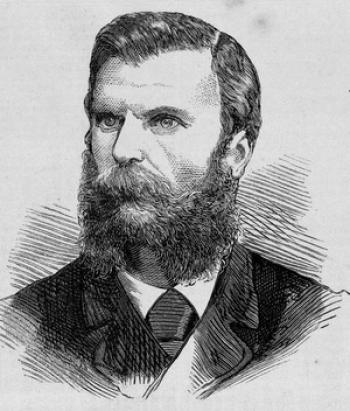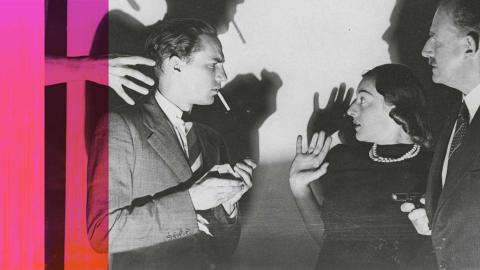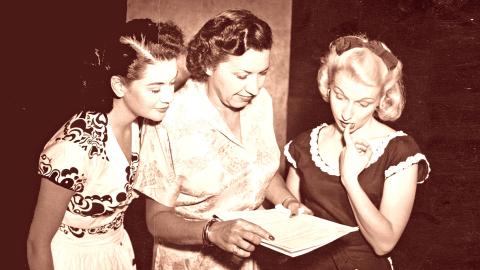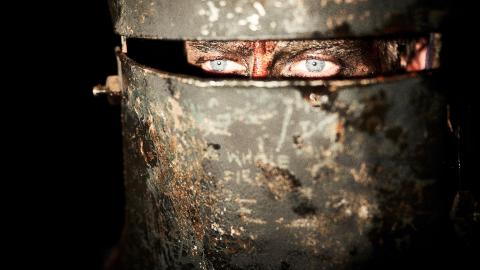

Captain Moonlite
Captain Moonlite

Since its first appearance in the late 18th century, the historical figure of the Australian bushranger has inspired the creation of popular works in fiction, theatre, film, poetry and song. Recently discovered in the NFSA collection is a 1940s radio drama based on the life of the educated and handsome bushranger Andrew George Scott, aka Captain Moonlite (1842-1880).
This program, which was the first episode in the series Rogues Gallery, was produced by Dorothy Crawford and written by former journalist Rex Rienits. Rogues Gallery, which aimed to depict ‘the shameful lives of famous scoundrels’, was possibly based on an earlier series of the same name.
The siblings Dorothy and Hector Crawford set up their own radio production company, which not only dominated radio production in Melbourne, but was one of the few independent production companies to successfully transition from radio to television in Australia.

Further research is required to confirm the exact date when it was recorded, but it was during the period following the establishment of Hector Crawford Productions in 1945, and before the early death in November 1950 of English-born actor Robert Burnard, who played the lead.
Burnard had a colourful career. After training at the Royal Academy of Dramatic Art, he performed on the stages of the West End in London and then spent time in Hollywood where he was assistant director to Erich von Stroheim. In the 1930s Burnard moved to Melbourne and established himself as a leading radio actor.
Captain Moonlite is depicted here as a well- spoken scoundrel and con artist, but in recent years there has been interest in his close, possibly sexual relationship with James Nesbitt, a young man in his gang. In fact, to fulfil his last wishes, Captain Moonlite’s remains were exhumed from the Rookwood Cemetery in 1995 and placed near those of Nesbitt at Gundagai.
How many other radio dramas were inspired by the exploits of Australian bushrangers? Research is underway to discover and tell the stories surrounding the production of other surviving examples of bushranger-themed radio in the NFSA collection, such as the Australian-British co-production The Last Outlaw – a 1967 eight-part serial about Ned Kelly.
Look out for a further update on the work of the Crawfords as the NFSA will mark the achievements of the Crawford Productions company on the 100th anniversary of Hector Crawford’s birth on 14 August 2013.
Captain Moonlite is featured in the Australian Mediatheque in Melbourne, together with episodes from the most popular and award winning TV police dramas produced by Crawford Productions: Homicide, Division 4, Matlock Police and Cop Shop.
Courtesy of Crawford Productions Pty Ltd, we’ve published an episode of Captain Moonlite and another Crawford Productions radio drama series, D24, on our SoundCloud page:
Rogues Gallery. Episode 1 – Captain Moonlite (c.1945-1950)
D24. Episode 8 – Taxi Murder (1951). This series was based on files from the Victorian Police Force. In this episode, two men are found shot dead near an abandoned taxi just outside of Melbourne. The net closes in on the gunman as the detectives investigate leads.
Learn more about the NFSA’s Radio Collection.
The National Film and Sound Archive of Australia acknowledges Australia’s Aboriginal and Torres Strait Islander peoples as the Traditional Custodians of the land on which we work and live and gives respect to their Elders both past and present.


